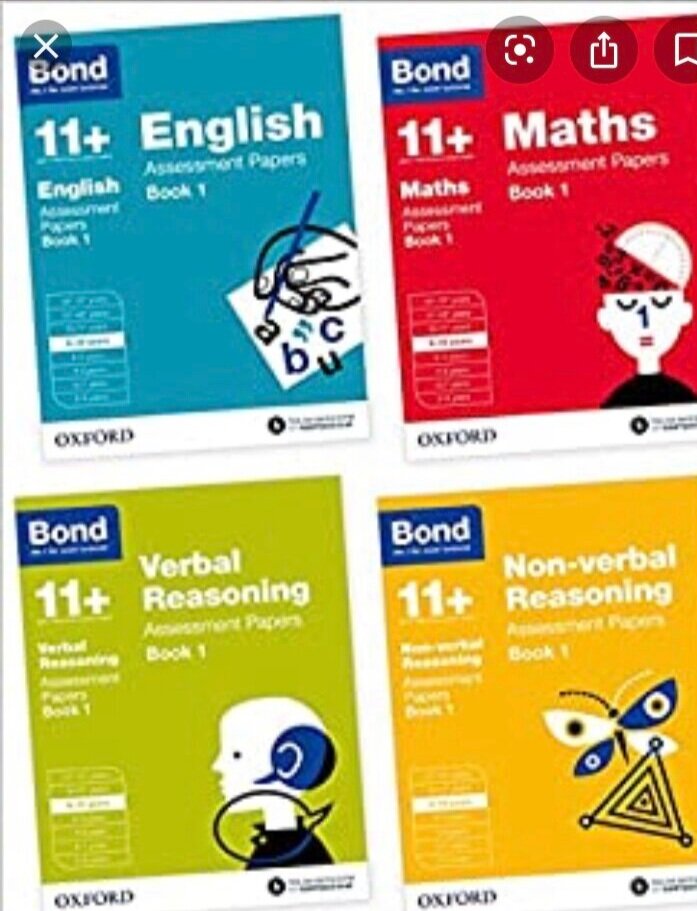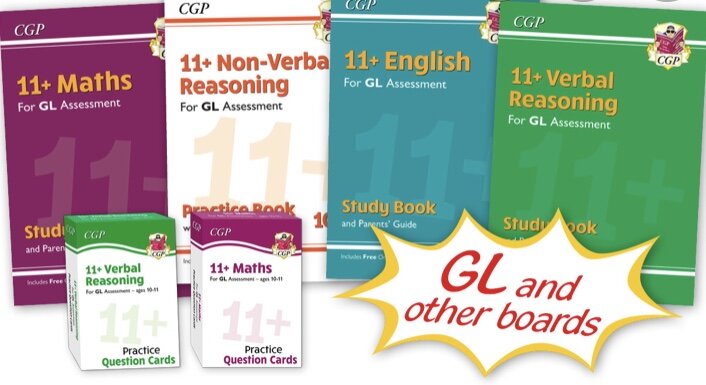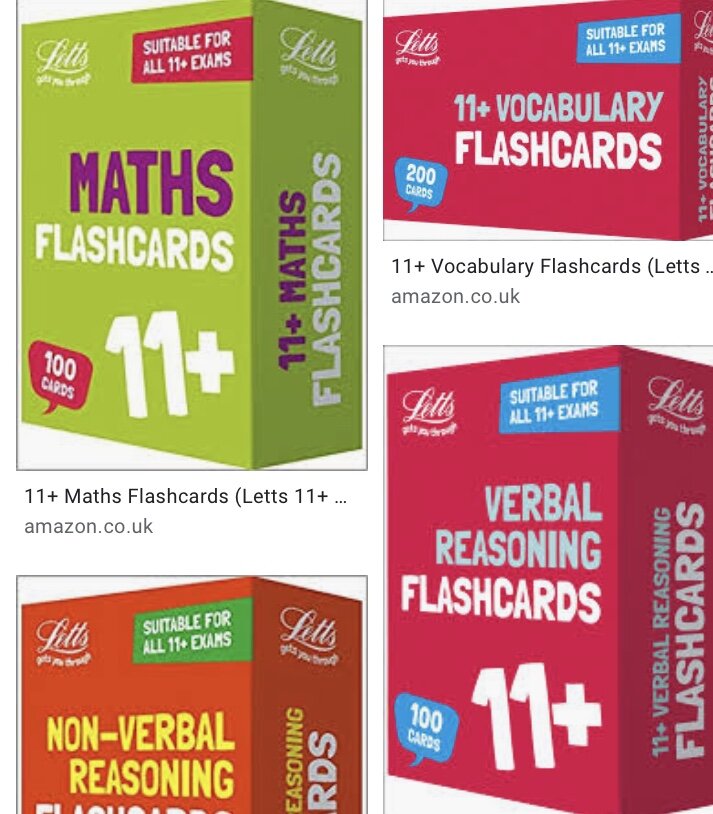Whilst some children love learning new vocabulary words, the vast majority find studying 11+ vocabulary difficult.
To be frank, if the most intelligent of adults struggle with 11+ vocabulary then it’s no surprise that it’s difficult for a nine or ten-year-old to.
Most conventional advice recommends reading as being one of the fastest and most powerful ways to improve vocabulary in children of all ages.
Whilst it’s great advice and there is no denying the academic benefits of reading, the reality is that not all children love to read and it can be extremely difficult to get a reluctant reader to read regularly in the bid to improve their vocabulary.
So what can you do to help your child improve their 11+ vocab without forcing them to read copious amounts of books?
Here are five suggestions that will hopefully make things easier for you and your child.
1. Create a word wall or board.
Instead of reading pages of vocabulary words, their synonyms and antonyms, instead try and create a board for either an individual word or a collective group of words. For example, if your child has 10 new words to learn this week, you could make a word board that includes pictures of things that remind them of the meaning of each of the words.
As a rule of thumb, I advise learning at least 2 new words a day but bumping that number up where possible. In terms of word walls and word boards, there’s so much you can do if you use your imagination.
What you’ll need:
a) Felt tip pens/colouring pencils
b) A3 paper (coloured paper is preferred)
c) Glue
d) Images of things that remind your child of the definition of each word. You can print these from Google.
e). A list of vocabulary words (see below)
If you don’t have these materials on hand, do what the wonderful S.L. Ager did with her children and simply use a blackboard and chalk to create word boards. Then take pictures of each board and print them.
2. Listen to the radio.
Radio stations often have debates where socio-political topics are discussed and high-level vocabulary is used. Listening to them with your child provides them with the benefit of understanding how certain words are used in context as well as opening them up to words they’ve probably never heard before.
Once again, you can make this activity fun by incorporating arts and crafts into it or incorporating another activity that your child enjoys.
3. Talk more.
In this day and age where we’re often glued to our phones or laptops, it’s easy to dismiss our children and to sort of tune out to their needs.
However, in this digitalised age, it’s more important than ever to engage in conversations with children so that they benefit from face-to-face interactions and pick up new vocabulary in a very natural way.
Often enough, they won’t notice that they’re leaning the meaning of a new word simply by talking to you. For instance, if your child needs to learn the meaning of “perturbed,” why not use that word as many times during the day as you can or encourage them to use the word as much as possible?
You could even have a competition where the person who uses the word most within a day wins a prize. Once again, it’s about thinking creatively and outside of the box.
4. Play Games
There’s an old adage that says children learn through play. Sadly, sometimes as children get older, we forget how important play is in helping to stimulate and enhance their academic skills.
It provides them with so many benefits and acts as the perfect bonding moment for both of you. Games such as Scrabble are particularly great for vocabulary building and to be honest, playing Scrabble doesn’t feel like ‘work.
5. Change The Décor
Don’t you just love a change of scenery? I’m sure you do and your child probably does too.
There’s a really easy way to change your child’s visual environment whilst boosting their vocabulary and that’s simply by decorating their room with things that stimulate their vocabulary or, if you prefer an even simpler choice, stick vocabulary words on the wall of their bedroom.
You can make this activity fun by writing the word on a piece of card paper and adding the definition, synonym, and antonym underneath so that they can see the meaning every time they see the word. It makes vocabulary building fun because you can decorate the cards, add glitter, sparkles, use felt tips or add anything that will help motivate your child to look at the card and learn the word.
Often enough, you’ll find that they’ll glance at the word once or twice a day and over time they’ll pick up its meaning. If you’re feeling fancy, you could even add words to magnetic slates and stick them on the fridge.
Boosting your child’s vocabulary might seem like a daunting task but if you dedicate enough time and effort into it, it will really pay off.
Sometimes certain elements of 11+ preparation are arduous but the key is to break some of the big tasks (like vocab building) into small chunks (like word walls or word decor) and overtime, things will get easier and your child will start making great progress.
Consistency is key.
That’s it for today. Let me know if the above tips and tricks have helped by leaving a comment below.
PS. Do you need an 11+ vocabulary word list?
If so, check out 50 vocabulary words below.
Fifty 11+ Vocabulary Words
Brook
Quintessential
Calibrate
Pessimistic
Optimistic
Pillage
Figurative
Formative
Shrill
Disturbance
Synchronise
Countenance
Prudent
Gist
Obscure
Foolhardy
Homogeneous
Surreptitious
Verbose
Succinct
Concise
Brevity
Plausible
Enigma
Vigorous
Pallid
Tremulous
Labyrinth
Rutilant
Loquacious
Taunt
Becoming
Cunning
Manipulative
Perturbed
Underwrite
Sly
Conceal
Overt
Covert
Apex
Zenith
Conservative
Waffle
Meticulous
Knotty
Mariner
Tufty
Infiltrate
Iteration









